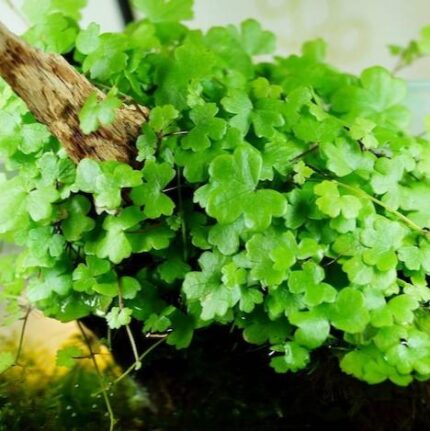Hydrocotyle Tripartita Japan: Product Overview
Hydrocotyle Tripartita Japan, also known as Hydrocotyle sp. Japan or Japan Clover Aquarium Plant, is one of the most charming and versatile carpeting plants in the aquascaping world. Its small, clover-shaped leaves, fast-spreading runners, and lush green texture create a lively and refreshing look in any planted aquarium.
Whether you’re building a detailed Iwagumi layout or a lush nature-style aquascape, this compact Hydrocotyle aquarium plant brings brightness, movement, and depth to the foreground and midground sections of your tank.
Origin
-
Scientific Name: Hydrocotyle tripartita ‘Japan’
-
Family: Araliaceae
-
Common Names: Hydrocotyle sp. Japan, Japan Clover, Hydrocotyle Japan
-
Origin: Southeast Asia (popularized in Japan aquascaping style)
-
Type: Foreground to midground aquarium plant
Plant Features and Growth Pattern
The Hydrocotyle Tripartita Japan is known for its fast horizontal growth and distinctive three-lobed clover-like leaves, resembling a miniature meadow when grown densely. Its creeping stems make it ideal for carpet formation, while vertical trimming encourages a bushy, compact look.
In high-tech setups, this plant creates a bright green mat that contrasts beautifully with darker rocks or driftwood. Even in low-tech aquariums, it grows steadily with proper lighting and nutrients.
Hydrocotyle Tripartita Care Guide
Lighting
-
Prefers medium to high light intensity for compact growth.
-
Under low light, it grows taller and less dense.
CO₂ Requirement
-
CO₂ injection enhances carpet density and faster spreading, though the plant can survive in low-tech tanks as well.
Substrate
-
Grows best in nutrient-rich aquarium soil that supports root development and steady nutrition.
Water Parameters
-
Temperature: 20–28°C
-
pH: 6.0–7.5
-
Hardness: Soft to moderately hard water
Placement
-
Ideal for foreground or midground layout in aquascapes.
-
Can also be used in emersed setups, terrariums, and Wabi-Kusa bowls.
Benefits of Hydrocotyle Tripartita Japan
✅ Adds visual brightness and natural contrast
✅ Improves oxygen levels and microhabitat balance
✅ Easy to trim, shape, and control growth pattern
✅ Perfect for creating “mini meadow” or “carpet effect” in aquariums
✅ Excellent companion to plants like Monte Carlo, Micranthemum umbrosum, or Hemianthus callitrichoides
Trimming & Maintenance Tips
Regular trimming keeps your Hydrocotyle sp. Japan carpet compact and vibrant. Use fine aquascaping scissors to cut horizontally across the top layer. This encourages horizontal spreading instead of upward growth. Weekly trimming and consistent nutrient supply help maintain its dense, healthy look.
Perfect for All Aquascaping Styles
Whether you’re crafting a Nature Aquarium, Dutch-style layout, or a minimalist Iwagumi design, Hydrocotyle Tripartita Japan enhances your aquascape with its distinct shape and lively green tones. It’s an excellent choice for beginners and experienced aquascapers alike.
Frequently Asked Questions
1. Is Hydrocotyle Tripartita Japan easy to grow?
Yes! It’s one of the easiest carpeting plants for beginners. With moderate lighting and regular trimming, it quickly forms a dense carpet in your aquarium.
2. Does Hydrocotyle Tripartita Japan need CO₂?
While CO₂ is not mandatory, it significantly improves growth speed, leaf density, and color vibrancy. In low-tech setups, it still grows but may appear taller and less compact.
3. Can I grow Hydrocotyle sp. Japan emersed?
Absolutely. Hydrocotyle Japan thrives in emersed setups like terrariums or paludariums under high humidity and indirect light.
4. How fast does Hydrocotyle Japan spread?
With CO₂ and good lighting, it can spread across the tank within 4–6 weeks, forming a dense carpet layer. Without CO₂, it may take around 8–10 weeks.
5. How do I plant Hydrocotyle Tripartita Japan in my tank?
Plant small clusters 2–3 cm apart using aquascaping tweezers. This allows runners to spread evenly and form a natural carpet across the substrate.
6. What’s the difference between Hydrocotyle Tripartita and Hydrocotyle sp. Japan?
They are the same plant. “Hydrocotyle sp. Japan” is the name used in aquascaping trade, while “Hydrocotyle Tripartita Japan” is the full scientific identification.
7. What fish and shrimp are suitable with Hydrocotyle Japan?
It pairs well with peaceful species such as neon tetras, rasboras, shrimps, and snails that won’t uproot or damage the delicate carpet.
Final Thoughts
Hydrocotyle Tripartita Japan is a timeless favorite in aquascaping — balancing elegance, simplicity, and vitality. Its clover-shaped leaves bring texture and color contrast, while its adaptability makes it suitable for both beginners and experts. Whether submerged or emersed, it turns any aquarium into a living piece of art.


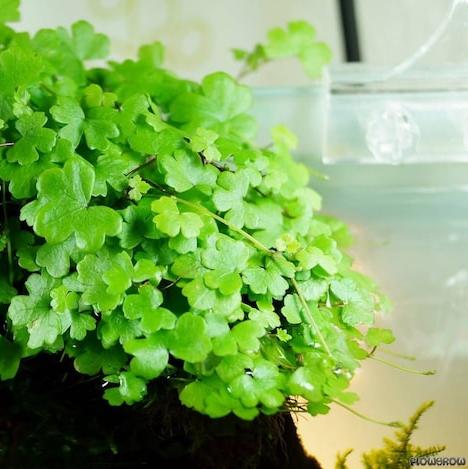
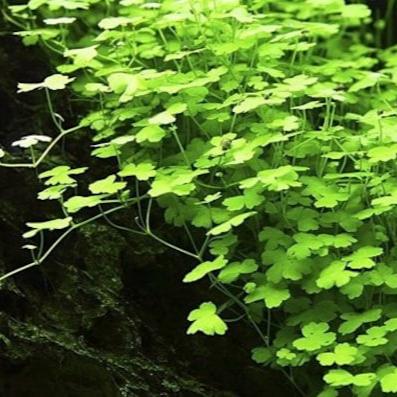
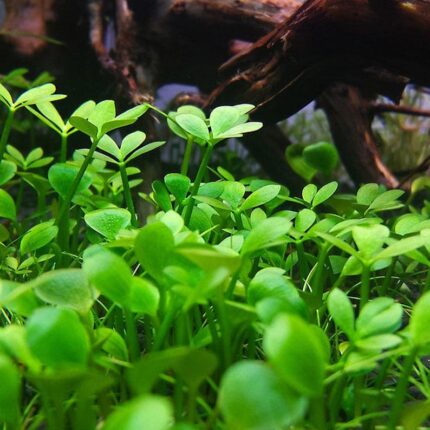
![Corkscrew Sword [Echinodorus Vesuvius]](https://www.terrariumwolf.com/wp-content/uploads/2025/03/il_794xN.4054323018_b5zf-1-430x430.jpg)
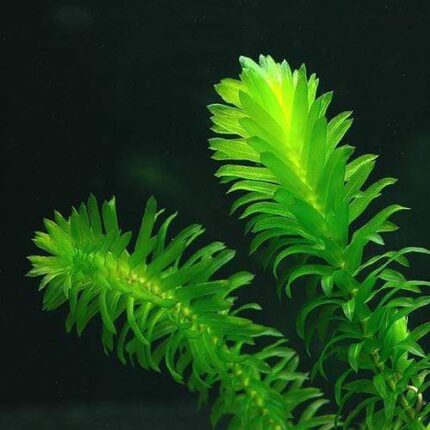
![Bucephalandra Tissue Culture [Multiple Plants]](https://www.terrariumwolf.com/wp-content/uploads/2025/03/4_bafa3cf1-cd95-4e98-87a8-ae31301d3cbe-430x430.jpg)
